The Church of Berkni
Location
Berkni village, which is part of Kovsakan (Zangelan) settlement, is located in Kashatagh region of the Artsakh Republic, 110 km south of Berdzor, 1 km away from the RA border. There is a single-nave basilica-type church 0.9 km away from the village on the left side of the Tsav River (Figs. 1, 2).
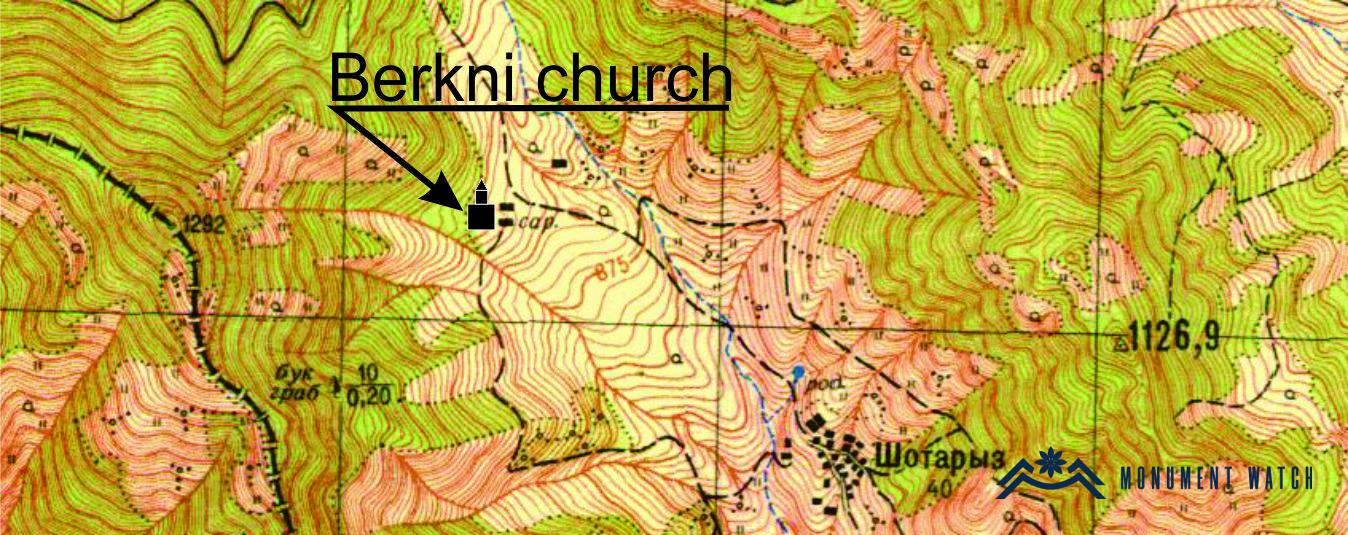
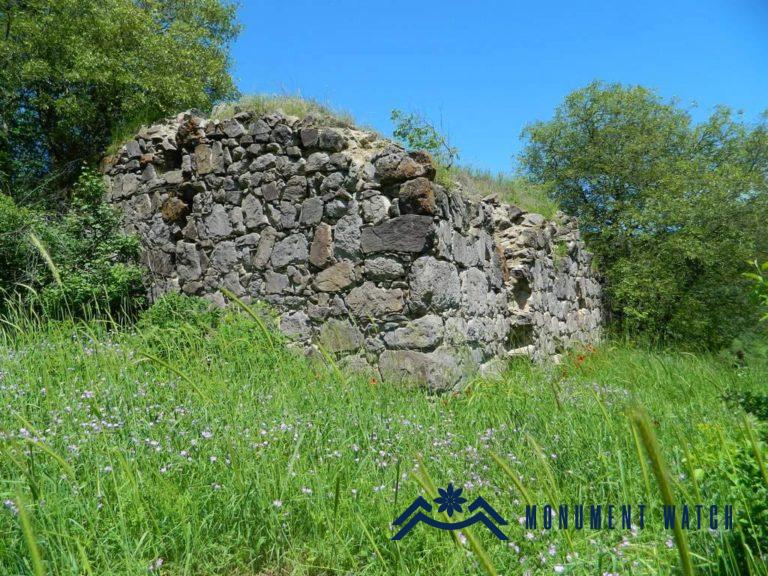
Fig. 1 The view of the church of Berkni from the southwest, photo by Z. Rkoyan.
Historical overview
There exist no bibliographic data and records about the church. Based on architectural-compositional solutions and the stylistics of the existing cross images, the church dates back to the 17th century.
Architectural-compositional examination
The church of Berkni is built of local rough stone and lime mortar. It used to be plastered inwardly. The structure is a single-nave, vaulted basilica with an accentuated arched altar and a pair of rectangular vestries on the eastern side, with the external dimensions of 14.50x9.10 meters (Karapetyan 2001, 196, Fig. 3). The semi-cylindrical vault rests on double-span arches adjacent to the walls and is fixed by an arch rising on the pilasters attached to the northern and southern walls (Fig. 4). The only entrance is from the southern side. The church has five windows, three of which open on the eastern wall (one on the high altar and two on the segments of vestries), one on the southern wall and one on the western wall. There are window-niches on the right and left sides of the altar. The baptismal font is located in the niche of the northern wall. Khachkars are embedded into the walls (Fig. 5). The cemetery of the settlement is located near the building. There are simple tombstones here, some of which bear cross reliefs. Remains of a small structure can be observed in the centre of the cemetery (Rkoyan 2015). One of the khachkars is dated to the 11th century (Fig. 6).
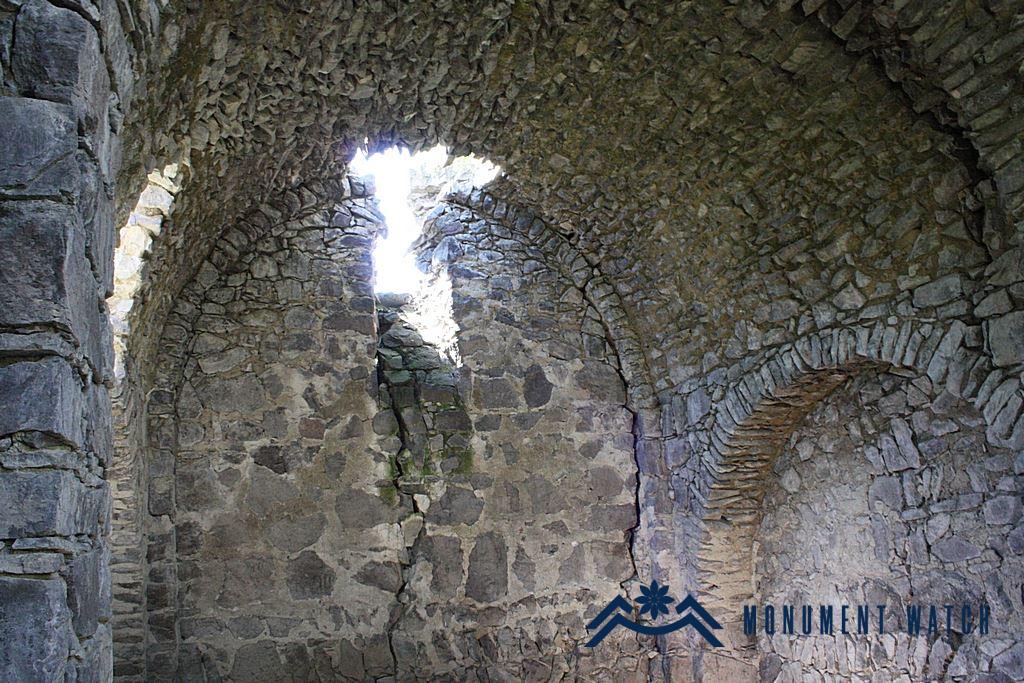
Fig. 4 The western side of the church of Berkni, photo by Z. Rkoyan.
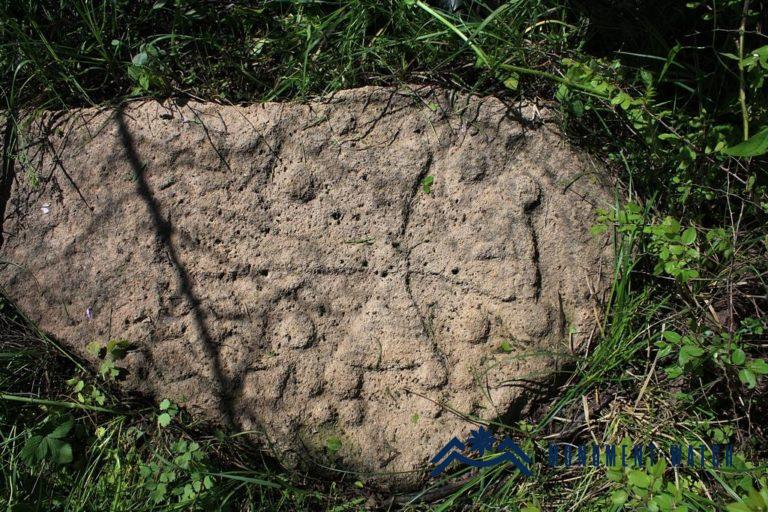
Fig. 6 11th-century khachkar from the territory of Berkni cemetery, photo by Z. Rkoyan.
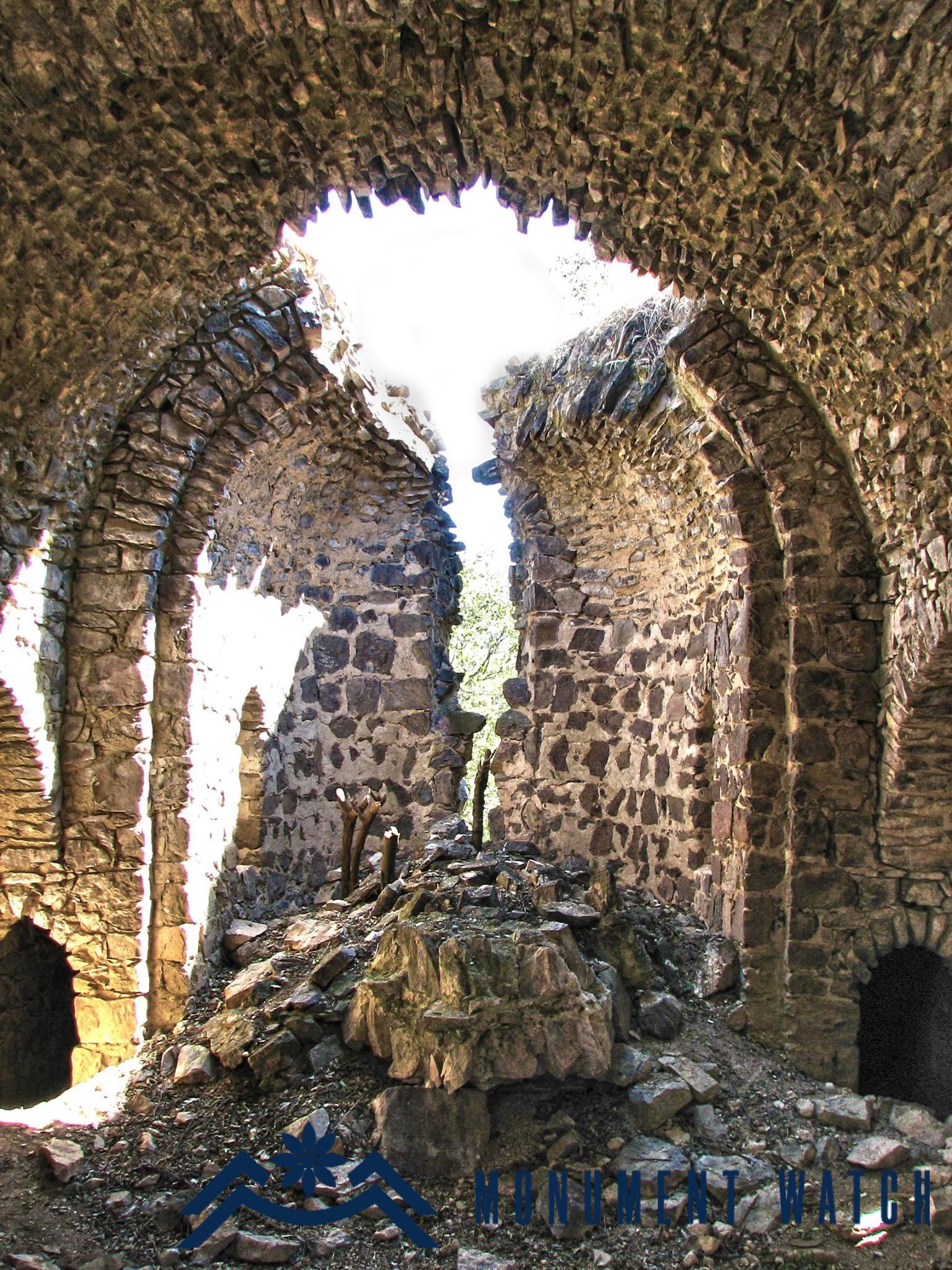
Fig. 2 The eastern side of the church of Berkni, photo source: from “Artsakh Monuments” Facebook page.
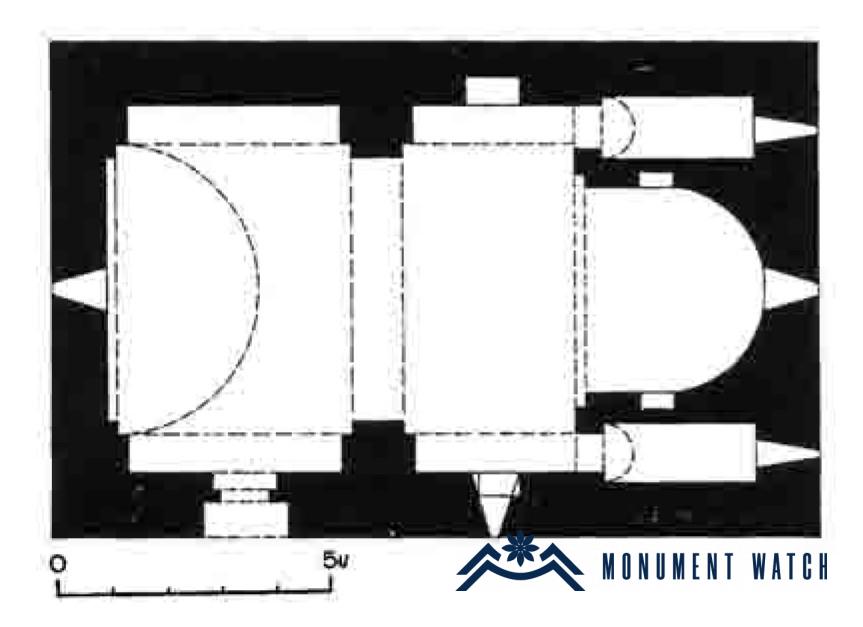
Fig. 3 The plan of the church of Berkni, S. Karapetyan, Armenian cultural monuments in the region of Karabakh, p. 196.
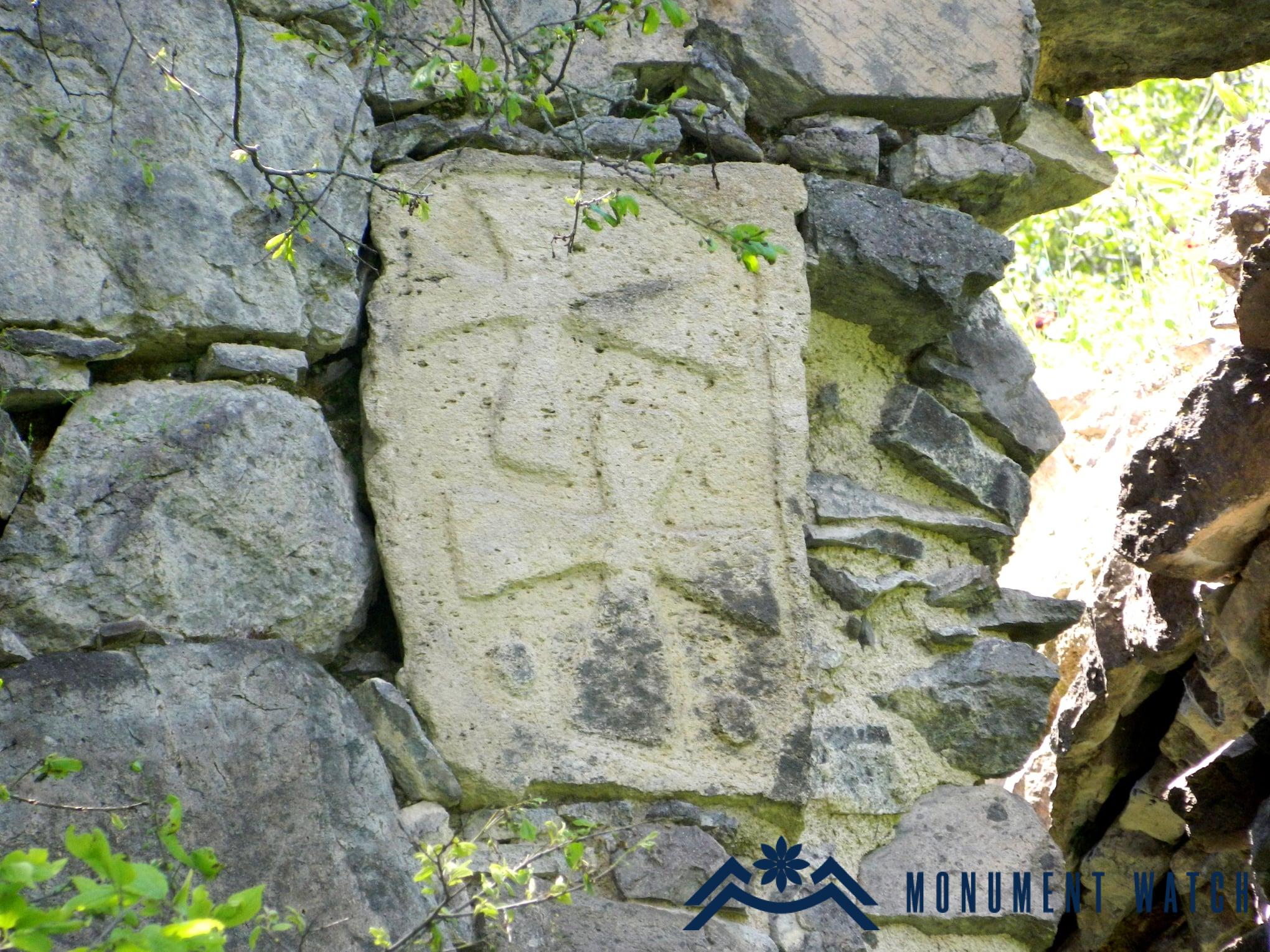
Fig. 5 Khachkar embedded into the wall of the church of Berkni, photo by Z. Rkoyan.
The condition before, during and after the war
The church of Berkni was not subjected to changes before or after the war.
Bibliographic examination
Researcher S. Karapetyan in his book “Armenian cultural monuments in the region of Karabakh” describes the village and the church but does not mention the cemetery (Karapetyan 2001, 195).
Bibliography
- Karapetyan 2001 – Karapetyan S., Armenian cultural monuments in the region of Karabakh, Yerevan.
- Rkoyan 2015 – Rkoyan Z․, In Berkni, “Meran” official newspaper of Kashatagh region of NKR, https://www.facebook.com/844532158912432/posts/945267162172264/ (31.10.2021-20:12).
The Church of Berkni
Artsakh